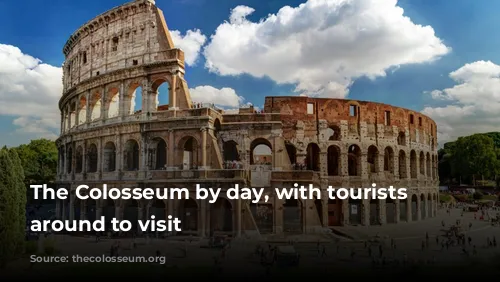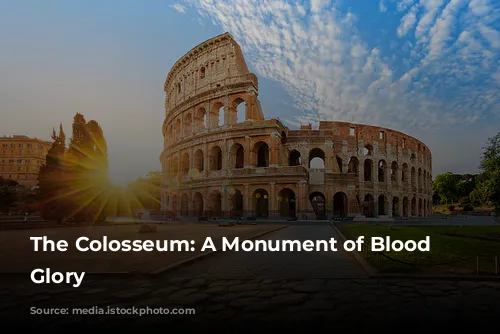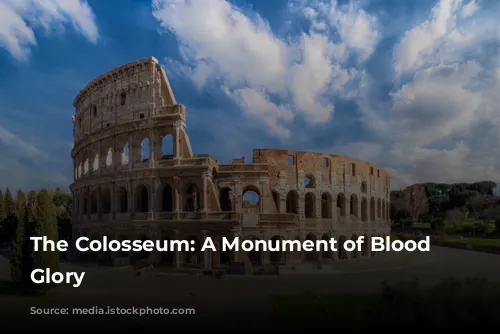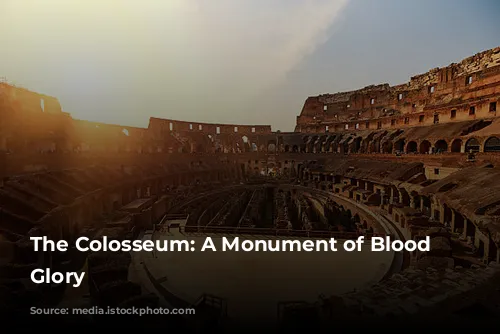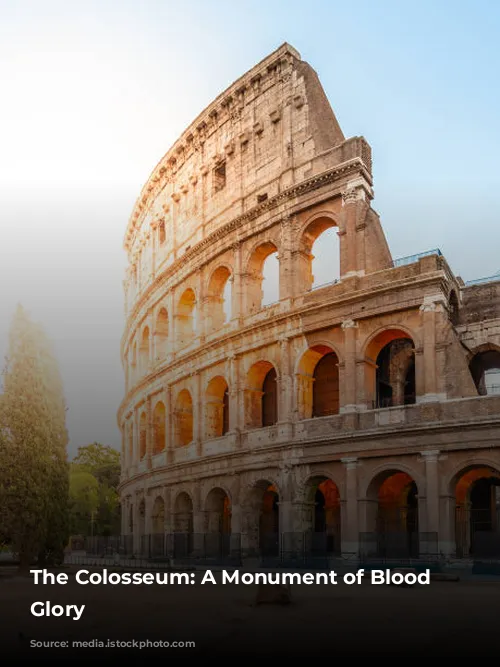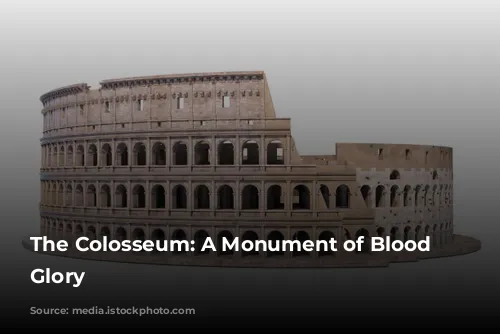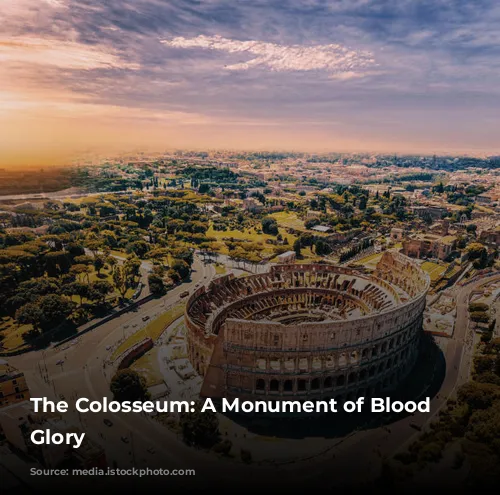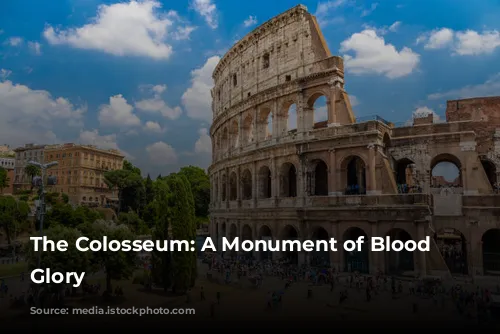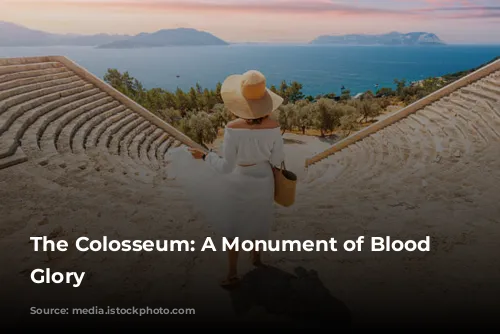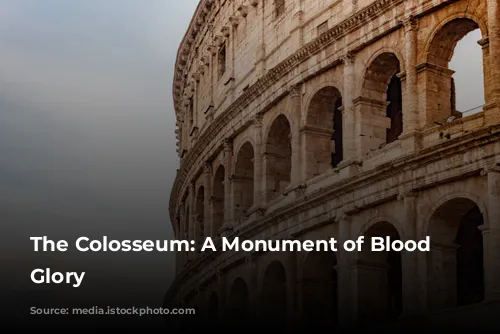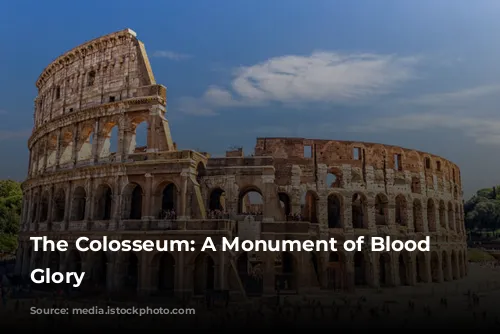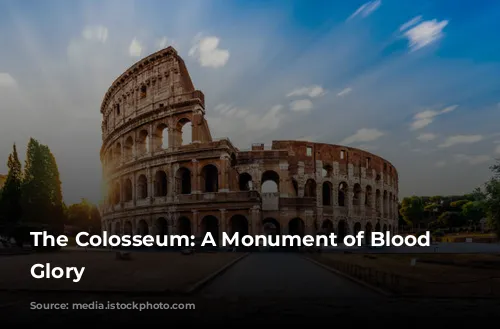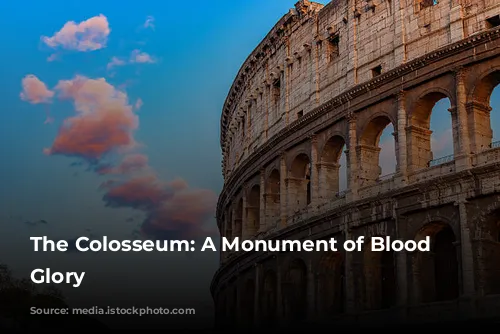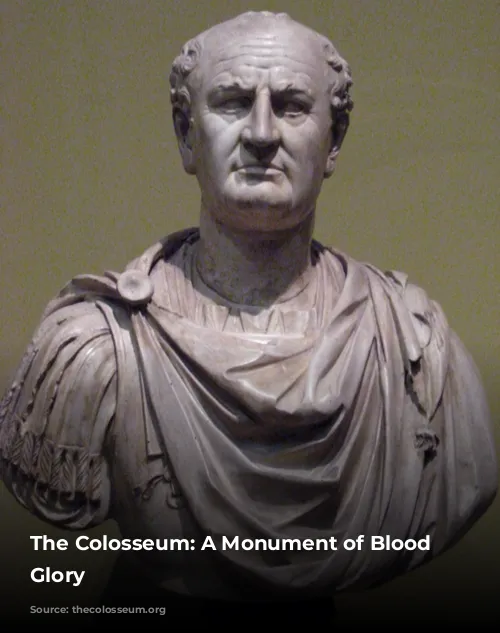The Colosseum, a symbol of ancient Rome, has stood for almost two millennia, witnessing a tapestry of human drama and grandeur. This iconic arena, built by the Flavian emperors, has hosted gladiatorial battles, ferocious animal hunts, and brutal executions, etching itself into the annals of history.
When Was It Built?
The Colosseum’s construction began in 72 AD under Emperor Vespasian, but his death in 79 AD led to its completion under his successors, Titus and Domitian. The sheer scale of the project was a testament to the Roman Empire’s power and ambition.
Who Built It?
The Colosseum’s construction was a massive undertaking. Thousands of Jewish slaves, captured after the first Jewish-Roman War, were forced into labor. Their suffering fueled the very foundation of this architectural marvel. The slaves, overseen by Roman engineers and craftsmen, toiled tirelessly, shaping the Colosseum into an enduring symbol of their oppression.
The Purpose of the Colosseum
The Colosseum wasn’t just a building; it was a spectacle. Emperor Vespasian, seeking to appease the Roman populace, decided to replace Nero’s lavish palace with a structure that would serve as a grand amphitheater, a place for entertainment and public spectacle.
The Colosseum’s Name: A Tale of Emperors and Statues
The name “Colosseum” is believed to have originated from the colossal bronze statue of Emperor Nero that once stood beside it. This statue was a replica of the Colossus of Rhodes, a marvel of ancient engineering.
The Size and Scale of the Colosseum
The Colosseum is an impressive structure, spanning an area of 6 acres. Its oval shape, 189 meters long and 156 meters wide, is a testament to its grand design. The building’s exterior, adorned with three tiers of Doric, Ionic, and Corinthian columns, is punctuated by 80 arches, a visual testament to Roman architectural prowess.
The Hidden Depths of the Colosseum: The Hypogeum
Beneath the Colosseum’s surface lies the Hypogeum, a labyrinth of tunnels and chambers. This subterranean world was where gladiators, animals, and prisoners were held before their dramatic entrance into the arena.
The Colosseum’s Capacity: A Sea of Spectators
The Colosseum could accommodate a staggering crowd of 50,000 to 80,000 spectators. Imagine the roar of the crowds, the thrill of the spectacle, and the echoes of the gladiator’s swords clashing!
The Colosseum: A Stage for Brutality
The Colosseum was a stage for death and spectacle. It is believed that as many as 400,000 people perished within its walls, a horrifying number that underscores the brutality of ancient Roman entertainment.
The Animals of the Colosseum: A Menagerie of Terror
Lions, tigers, bears, elephants, and other exotic animals were brought from all corners of the Roman Empire to participate in the Colosseum’s bloodsport. These hunts, as terrifying as they were, were a testament to Roman power and wealth, showcasing the empire’s dominion over the natural world.
The Spectacles: From Gladiatorial Combat to Naval Battles
The Colosseum witnessed a variety of spectacles, each more gruesome than the last. Gladiator battles were the most common, but hunts, executions, and even staged naval battles were also held. The Colosseum was truly a multi-purpose venue, catering to the bloodthirsty appetite of the Roman public.
The Reality of Gladiator Fights: More Than Just a Bloody Free-for-All
While popular depictions often portray gladiator fights as chaotic and bloody free-for-alls, the truth is more nuanced. Gladiators were divided into classes, matches were monitored by referees and doctors, and death was not always the outcome. However, the Colosseum was still a place of violence and death, a stark reminder of the brutal entertainment that captivated the Roman populace.
Were Christians Martyred in the Colosseum?
While many believe that Christians were martyred in the Colosseum, there is no conclusive historical evidence to support this claim.
The Myth of the Gladiator Movie: Fact and Fiction
The film Gladiator, while captivating, takes liberties with historical accuracy. While Commodus, the Roman Emperor, was known for his love of gladiatorial combat, his death in the arena, as portrayed in the film, is a fictional embellishment.
The Life of a Gladiator: A Life of Servitude and Death
Gladiators, despite their fame, were treated as property, their lives forfeit to their owners. They were stripped of their rights and forced to fight for their lives, a grim reality that underscores the cruel social hierarchy of ancient Rome.
The Colosseum’s Legacy: A Symbol of Power, Brutality, and Enduring Beauty
The Colosseum’s story is a testament to the power and brutality of the Roman Empire. Its majestic ruins stand as a reminder of a bygone era, where bloodsport and spectacle reigned supreme.
The Colosseum’s Enduring Popularity: A Must-See Attraction
The Colosseum remains one of the most visited landmarks in the world, attracting over 7 million visitors annually. It is a testament to the enduring fascination of the Roman Empire and its most famous symbol, a structure that continues to captivate and inspire awe in all who witness its grandeur.
